Most organisations find delivering profit growth difficult. The challenge is how to improve the core business and find substantial new revenue streams. Both are necessary to remain competitive.
Consistent, above-system level growth eludes many organisations. CapFeather addresses this challenge by applying advanced customer strategy, behavioural psychology and customer experience innovation approaches to grow the top-line. We understand that in a fast moving world, your business needs to act now - so our team partners with you across each stage of the engagement to realise your goals. Because execution is everything.
If you would like to know how we help you achieve core development through optimised, brand aligned CX, improved customer acquisition, engagement and retention and enhancing the current business capability, simply contact us on the link at the bottom of the page.
Helping you grow into adjacent markets
This is what CapFeather does best. It is our special sauce. We have published two books in the space, Customer Experience Innovation and Lean CX, and use our thought leadership to help organisations reliably grow into adjacent markets and new customer segments.
Discover your Best Next Move
For many organisations, the best next strategic move is into an adjacent market position. What are adjacent markets? They are markets that are close enough to access using your existing resources and do not require large-scale investment or risky restructuring to move into. Normally, the organisation has an existing resource and can leverage this to exploit a nearby, or adjacent, market. This could be by offering existing customers a different value proposition, for example when McDonalds started offering its customers salads instead of burgers. It could also happen through developing core capabilities and assets to access adjacent customer groups, for example when robotic packing machine company Fibre King developed a smaller, less expensive “Little Packer” targeted for craft breweries and food producers.
Learn how CapFeather can help discover your Best Next Move.
disrupt the market through a service ecosystem
One of the most well known examples of a service ecosystem is Nespresso. Nestle orchestrated network of partners spanning multiple sectors to deliver its new coffee offer. Nestle achieved an adjacent market position through creating an ecosystem and partnering to deliver. For example, Nestle did not have a core capability around manufacturing coffee machines, however their partnerships with DeLonghi, Breville and Eugster/Frismag enabled them to create machines that fit their patented coffee pods and did not function with competitor coffee.
The key to successfully identifying and building Service Ecosystems around your core business is a deep understanding of customer need states, what drives and motivates their behaviour, and how the dynamically changing socio-economic environment impacts them. Leaders inside Service Ecosystems have a significant competitive advantage.
Learn how CapFeather can help you disrupt the market with a Service Ecosystem.
Test your Customer Strategy [Wargaming]
Do you need to test your customer strategy to see how it will survive against market forces? In our new economy, the market is changing fast. Businesses that move first have an opportunity to capture more of the market as it shifts. To do this, they need to develop a better understanding of the risks and opportunities on the horizon. It is imperative for the next strategic move to succeed.
Wargaming is used in highly competitive environments to 'stress-test' strategies prior to implementation and predict competitors’ most likely moves. The methodology guides organisations to make robust strategic decisions through researching, scenario planning and role playing key competitors within the external market context. It is an enormously engaging exercise that brings the entire team together around the new customer strategy.
Learn more about how CapFeather can help you test your customer strategy through Wargaming.
When we talk about customers, we are also talking about clients, members, patients and residents. We mean the humans that your organisation needs to create value for.
When we talk about organisations, businesses and companies, we also mean government organisations, institutes, hospitals, universities, not-for-profits, for-purpose organisations, member organisations, co-operatives and more. Each have specific nuances that we include in our approach.





